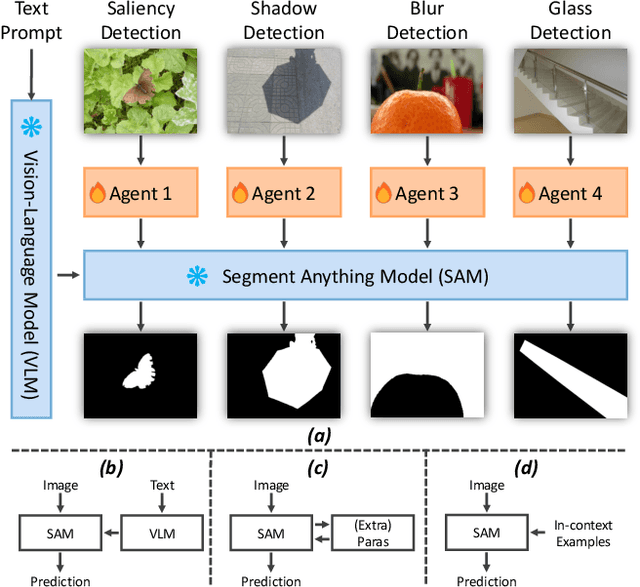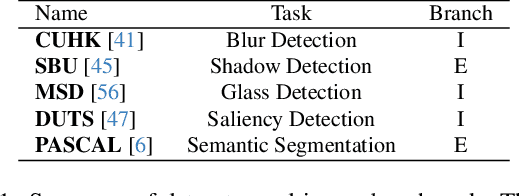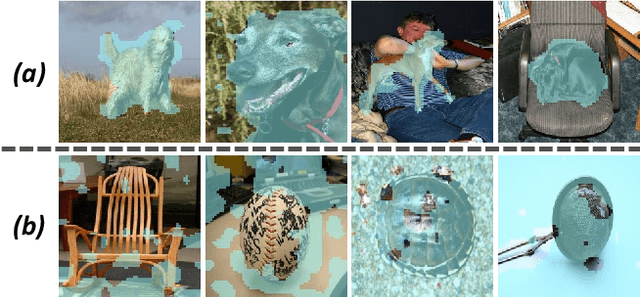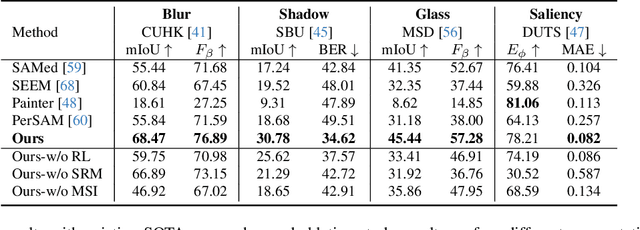Duojun Huang
Refer to the report for detailed contributions
HunyuanVideo: A Systematic Framework For Large Video Generative Models
Dec 03, 2024



Abstract:Recent advancements in video generation have significantly impacted daily life for both individuals and industries. However, the leading video generation models remain closed-source, resulting in a notable performance gap between industry capabilities and those available to the public. In this report, we introduce HunyuanVideo, an innovative open-source video foundation model that demonstrates performance in video generation comparable to, or even surpassing, that of leading closed-source models. HunyuanVideo encompasses a comprehensive framework that integrates several key elements, including data curation, advanced architectural design, progressive model scaling and training, and an efficient infrastructure tailored for large-scale model training and inference. As a result, we successfully trained a video generative model with over 13 billion parameters, making it the largest among all open-source models. We conducted extensive experiments and implemented a series of targeted designs to ensure high visual quality, motion dynamics, text-video alignment, and advanced filming techniques. According to evaluations by professionals, HunyuanVideo outperforms previous state-of-the-art models, including Runway Gen-3, Luma 1.6, and three top-performing Chinese video generative models. By releasing the code for the foundation model and its applications, we aim to bridge the gap between closed-source and open-source communities. This initiative will empower individuals within the community to experiment with their ideas, fostering a more dynamic and vibrant video generation ecosystem. The code is publicly available at https://github.com/Tencent/HunyuanVideo.
AlignSAM: Aligning Segment Anything Model to Open Context via Reinforcement Learning
Jun 01, 2024



Abstract:Powered by massive curated training data, Segment Anything Model (SAM) has demonstrated its impressive generalization capabilities in open-world scenarios with the guidance of prompts. However, the vanilla SAM is class agnostic and heavily relies on user-provided prompts to segment objects of interest. Adapting this method to diverse tasks is crucial for accurate target identification and to avoid suboptimal segmentation results. In this paper, we propose a novel framework, termed AlignSAM, designed for automatic prompting for aligning SAM to an open context through reinforcement learning. Anchored by an agent, AlignSAM enables the generality of the SAM model across diverse downstream tasks while keeping its parameters frozen. Specifically, AlignSAM initiates a prompting agent to iteratively refine segmentation predictions by interacting with the foundational model. It integrates a reinforcement learning policy network to provide informative prompts to the foundational models. Additionally, a semantic recalibration module is introduced to provide fine-grained labels of prompts, enhancing the model's proficiency in handling tasks encompassing explicit and implicit semantics. Experiments conducted on various challenging segmentation tasks among existing foundation models demonstrate the superiority of the proposed AlignSAM over state-of-the-art approaches. Project page: \url{https://github.com/Duojun-Huang/AlignSAM-CVPR2024}.
Annotation-Efficient Polyp Segmentation via Active Learning
Mar 21, 2024Abstract:Deep learning-based techniques have proven effective in polyp segmentation tasks when provided with sufficient pixel-wise labeled data. However, the high cost of manual annotation has created a bottleneck for model generalization. To minimize annotation costs, we propose a deep active learning framework for annotation-efficient polyp segmentation. In practice, we measure the uncertainty of each sample by examining the similarity between features masked by the prediction map of the polyp and the background area. Since the segmentation model tends to perform weak in samples with indistinguishable features of foreground and background areas, uncertainty sampling facilitates the fitting of under-learning data. Furthermore, clustering image-level features weighted by uncertainty identify samples that are both uncertain and representative. To enhance the selectivity of the active selection strategy, we propose a novel unsupervised feature discrepancy learning mechanism. The selection strategy and feature optimization work in tandem to achieve optimal performance with a limited annotation budget. Extensive experimental results have demonstrated that our proposed method achieved state-of-the-art performance compared to other competitors on both a public dataset and a large-scale in-house dataset.
Divide and Adapt: Active Domain Adaptation via Customized Learning
Jul 21, 2023Abstract:Active domain adaptation (ADA) aims to improve the model adaptation performance by incorporating active learning (AL) techniques to label a maximally-informative subset of target samples. Conventional AL methods do not consider the existence of domain shift, and hence, fail to identify the truly valuable samples in the context of domain adaptation. To accommodate active learning and domain adaption, the two naturally different tasks, in a collaborative framework, we advocate that a customized learning strategy for the target data is the key to the success of ADA solutions. We present Divide-and-Adapt (DiaNA), a new ADA framework that partitions the target instances into four categories with stratified transferable properties. With a novel data subdivision protocol based on uncertainty and domainness, DiaNA can accurately recognize the most gainful samples. While sending the informative instances for annotation, DiaNA employs tailored learning strategies for the remaining categories. Furthermore, we propose an informativeness score that unifies the data partitioning criteria. This enables the use of a Gaussian mixture model (GMM) to automatically sample unlabeled data into the proposed four categories. Thanks to the "divideand-adapt" spirit, DiaNA can handle data with large variations of domain gap. In addition, we show that DiaNA can generalize to different domain adaptation settings, such as unsupervised domain adaptation (UDA), semi-supervised domain adaptation (SSDA), source-free domain adaptation (SFDA), etc.
 Add to Chrome
Add to Chrome Add to Firefox
Add to Firefox Add to Edge
Add to Edge